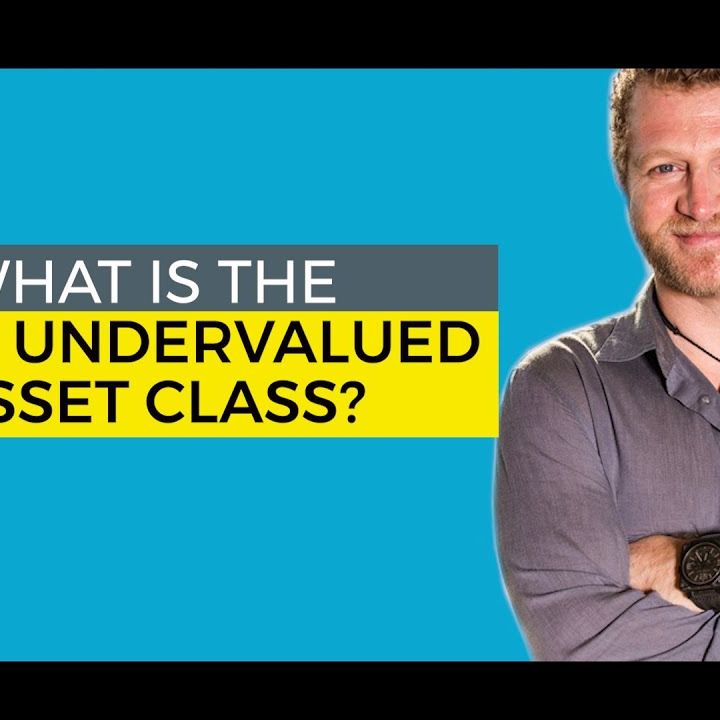private Equity And Growth Opportunities
To keep learning and advancing your profession, the following resources will be helpful:.

Growth equity is frequently described as the private investment technique inhabiting the happy medium between equity capital and traditional leveraged buyout techniques. While this might be true, the method has progressed into more than just an intermediate private investing method. Development equity is typically referred to as the personal investment strategy occupying the middle ground between equity capital and traditional leveraged buyout techniques.
This mix of factors can be engaging in any environment, and even more so in the latter stages of the market cycle. Was this article handy? Yes, No, END NOTES (1) Source: National Center for the Middle Market. Q3 2018. (2) Source: Credit Suisse, "The Unbelievable Shrinking Universe of Stocks: The Causes and Consequences of Fewer U.S.
Alternative financial investments are complicated, speculative investment automobiles and are not suitable for all financiers. An investment in an alternative financial investment involves a high degree of threat and no guarantee can be considered that any alternative investment fund's investment objectives will be attained or that financiers will get a return of their capital.
This market info and its significance is a viewpoint only and needs to not be trusted as the only crucial details readily available. Details included herein has actually been gotten from sources believed to be trustworthy, however not guaranteed, and i, Capital Network assumes no liability for the details provided. This info is the home of i, Capital Network.
This investment technique has actually helped coin the term "Leveraged Buyout" (LBO). LBOs are the main financial investment strategy type of many Private Equity firms.
As mentioned earlier, the most well-known of these offers was KKR's $31. 1 billion RJR Nabisco buyout. Although this was the largest leveraged buyout ever at the time, lots of people thought at the time that the RJR Nabisco offer represented completion of the private equity boom of the 1980s, since KKR's financial investment, however well-known, was eventually a significant failure for the KKR financiers who purchased the company.
In addition, a lot of the money that was raised in the boom years (2005-2007) still has yet to be used for buyouts. This overhang of committed capital avoids many financiers from devoting to buy brand-new PE funds. In general, it is approximated that PE companies handle over $2 trillion in properties worldwide today, with near to trillion in dedicated capital offered to make brand-new PE investments (this capital is sometimes called "dry powder" in the market). .
An initial financial investment might be seed funding for the business to begin developing its operations. Later on, if the company proves that it has a practical product, it can obtain Series A financing for more development. A start-up company can complete a number of rounds of series tyler tysdal SEC funding prior to going public or being gotten by a financial sponsor or strategic purchaser.
Top LBO PE companies are identified by their large fund size; they are able to make the biggest buyouts and take on the most financial obligation. Nevertheless, LBO deals come in all shapes and sizes - tyler tysdal denver. Overall transaction sizes can range from 10s of millions to tens of billions of dollars, and can happen on target companies in a wide range of industries and sectors.
Prior to carrying out a distressed buyout opportunity, a distressed buyout company has to make judgments about the target company's value, the survivability, the legal and restructuring concerns that might occur (need to the company's distressed properties need to be reorganized), and whether the creditors of the target company will become equity holders.
The PE company is needed to invest each respective fund's capital within a period of about 5-7 years and after that typically has another 5-7 years to offer (exit) the investments. PE firms typically utilize about 90% of the balance of their funds for brand-new financial investments, and reserve about 10% for capital to be used by their portfolio business (bolt-on acquisitions, additional available capital, etc.).
Fund 1's dedicated capital is being invested in time, and being gone back to the restricted partners as the portfolio companies in that fund are being exited/sold. As a PE company nears the end of Fund 1, it will need to raise a brand-new fund from brand-new and existing restricted partners to sustain its operations.
